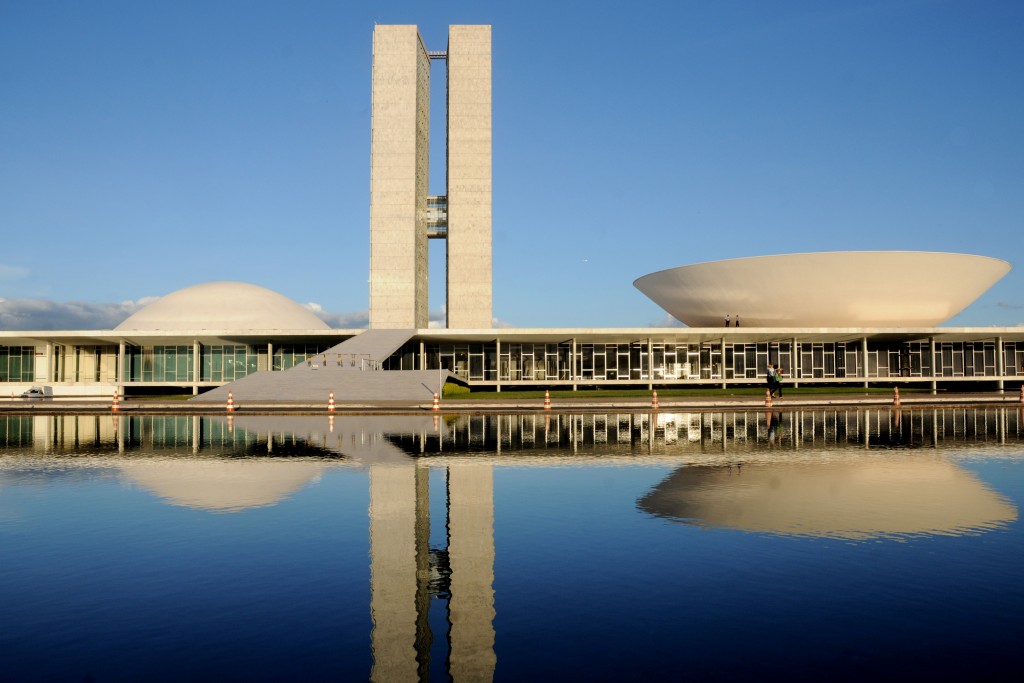
The sensual modernist Oscar
There is almost no modern architect whose career was more profoundly tied in the public mind to the life and culture of his country than that of Oscar Niemeyer’s. Niemeyer (1907-2012) wasn’t just an architect coming from Brazil; he was Brazil. As an early exponent of modern architecture in Latin America, he was particularly noted for his work on Brasília, Brazil’s capital since 1960 (specially planned for the economic development of the Brazilian hinterland). Niemeyer designed dozens of buildings for this futuristic city, including the National Congress, the ministries, the headquarters of the government and the well known Cathedral of Brasília. Other famous buildings were the headquarters of the United Nations in New York and the MAC, Museu de Arte Contemporânea, in Niterói, a suburb of Rio de Janeiro (resembling a UFO, set on a cliffside).
Niemeyer admired the French-Swiss architect Le Corbusier, and was a fan of his functionalism. As one of the first, Niemeyer experimented with the use of reinforced concrete. He knew how to give a dynamic, sensual appearance to the cool material by using round shapes and flowing lines. Critics believed that these aesthetic forms would revolt against the very principles of functionalism; Niemeyer had always denied this. Perhaps the following statement characterised what Niemeyer stood for: “I am not attracted to straight angles or to the straight line, hard and inflexible, created by man. I am attracted to free-flowing sensual curves. The curves that I find in the mountains of my country, in the sinuousness of its rivers, in the waves of the ocean, and on the body of the beloved woman. Curves make up the entire universe, the curved universe of Einstein.”
His swirling forms and his curving lines replaced modernism’s harshness with softness and ease. He didn’t compromise modernism’s utopian ideals, but when filtered through his sensibility, the stern, unforgiving rigor of so much European modernism became smooth, sensuous, almost hedonistic.
The man ‘who built Brasília’ contributed to a timeless architecture, as we know from such great buildings as Le Corbusier’s chapel at Ronchamp, Mies van der Rohe’s Farnworth house or Frank Lloyd Wright’s Fallingwater. Although Brasília is a vision of the past far more than of the future, Niemeyer lived long enough to see the city admired, fall out of favour, and be admired again as a celebration of mid-20th-century design. This is how it ought to be seen—not as a model for how cities should be built, but as a thing unto itself. Namely a fully realized product of a set of deeply held beliefs and a great vision that, for a period, were shared by Niemeyer and an entire nation.
Using one basic material and daring structural engineering, Niemeyer turned white, reinforced concrete into masterpieces of timeless places. A utopian testament of symbolist architecture.

